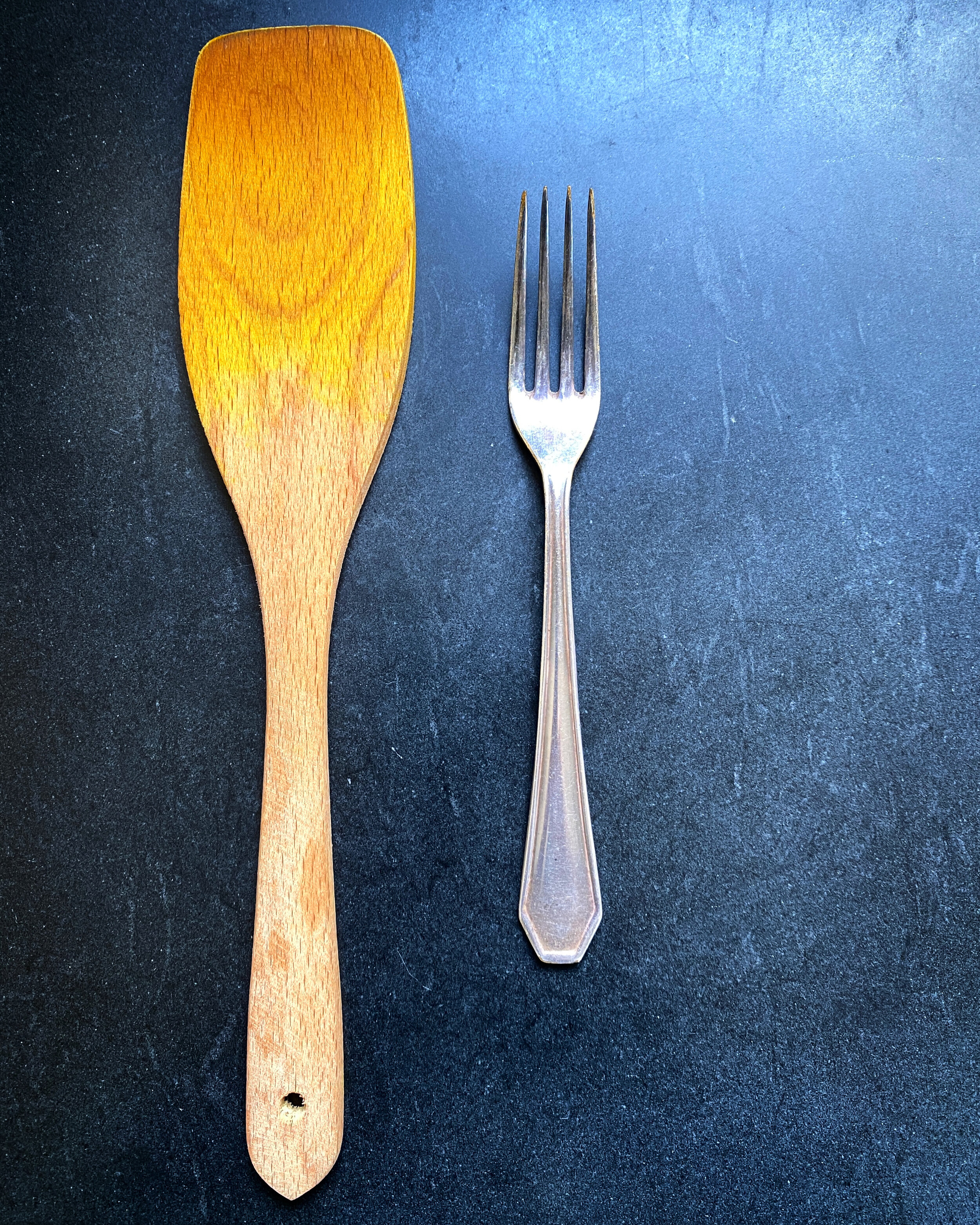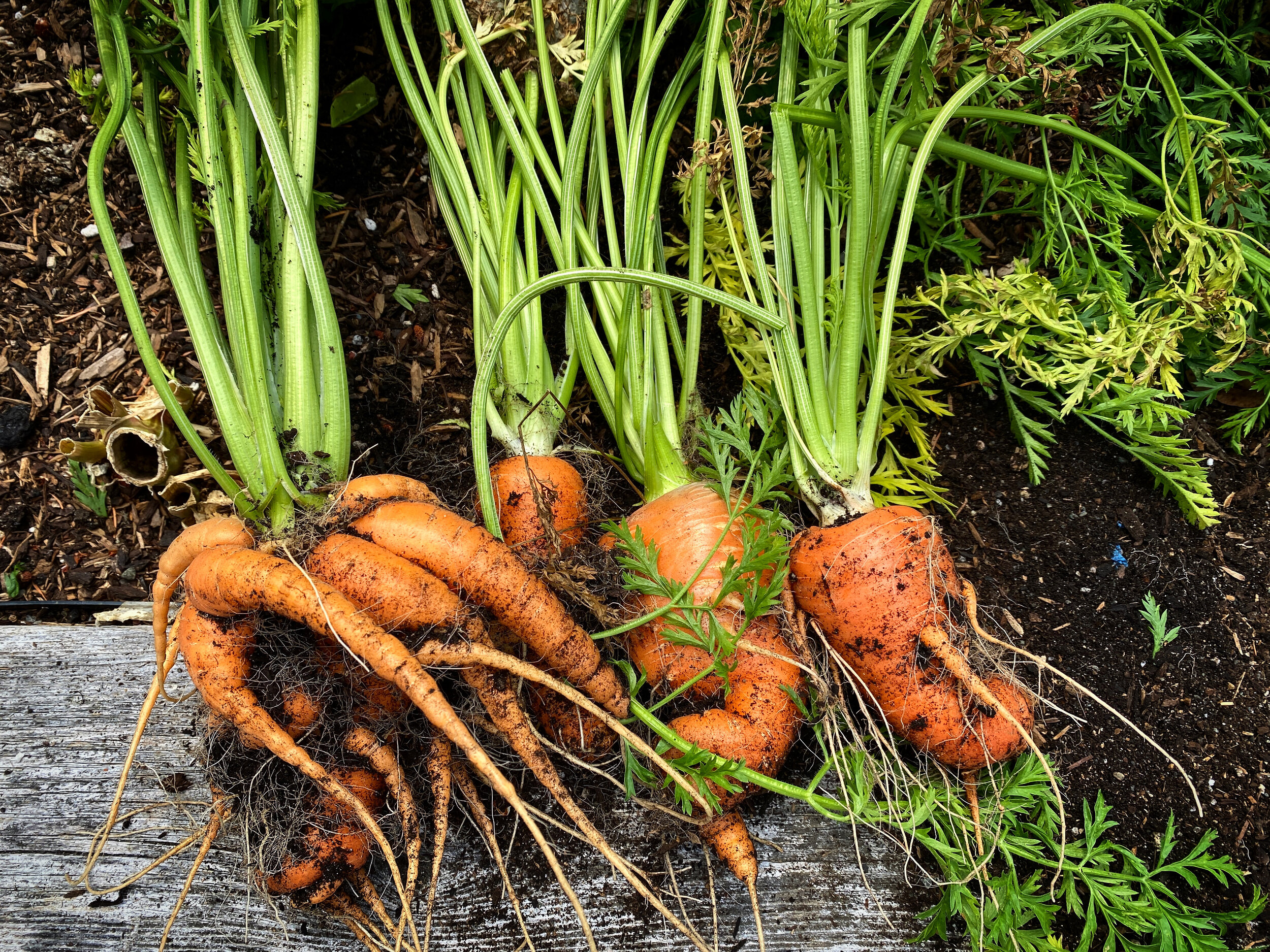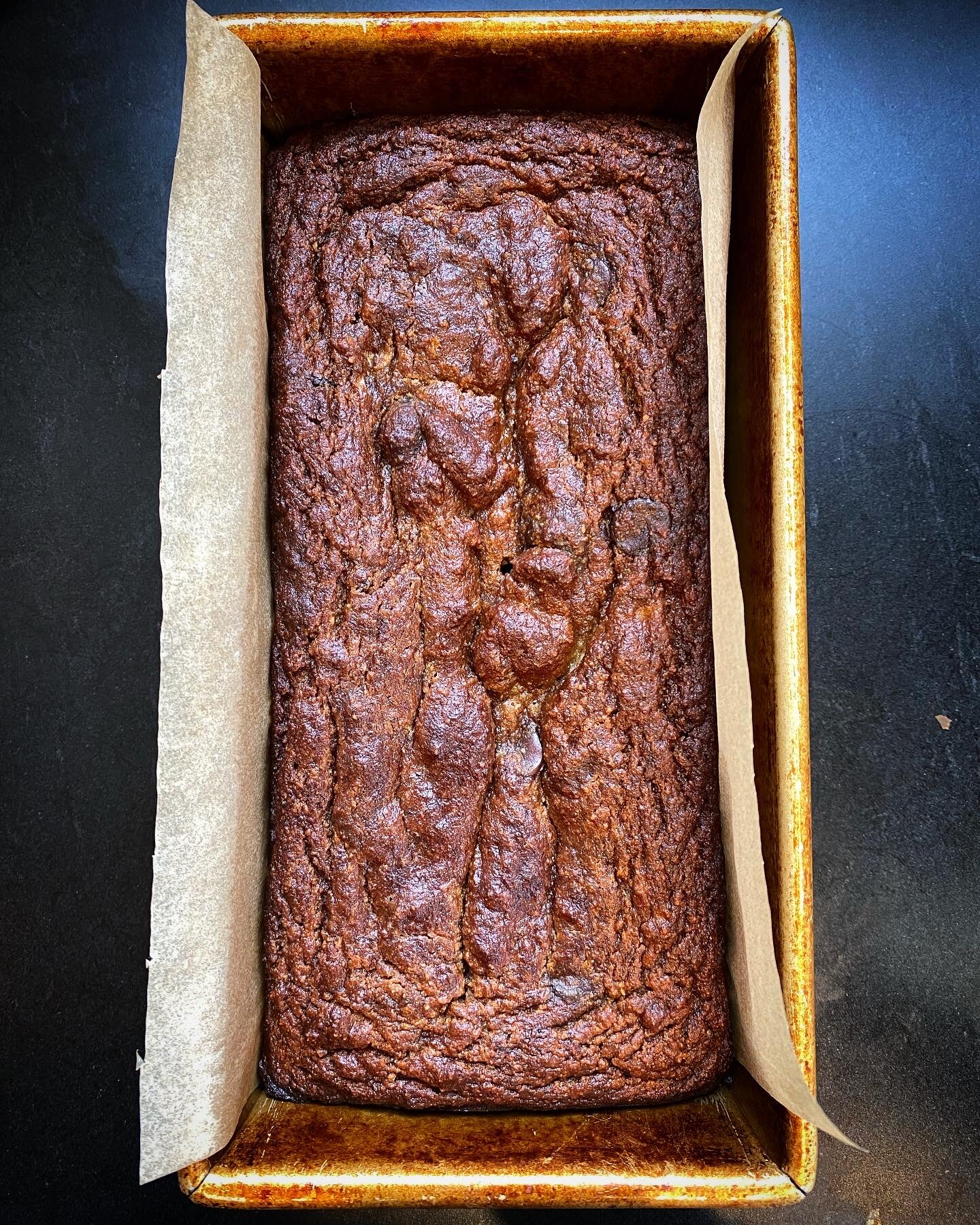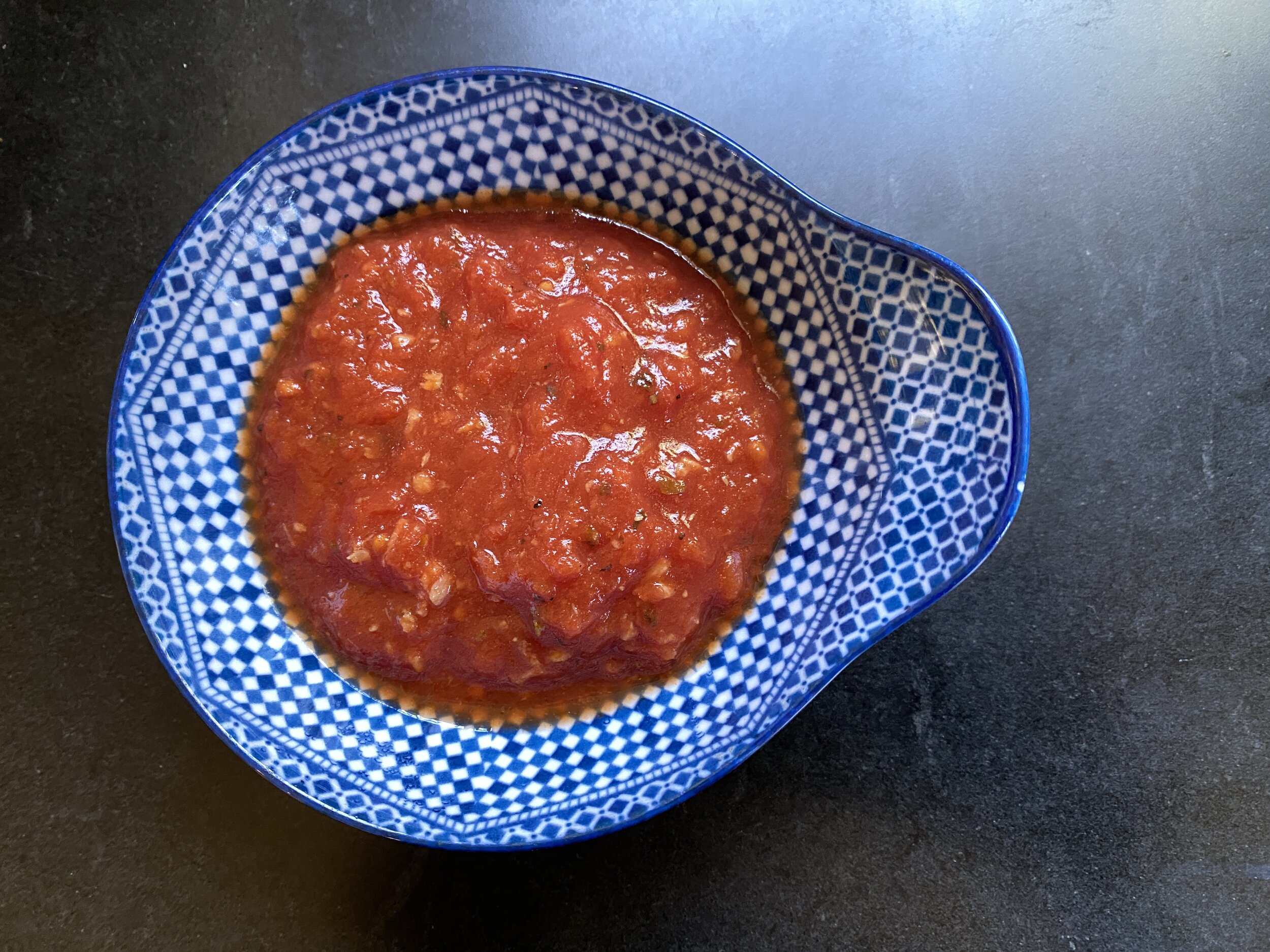Naturally Gluten Free Cooking
We have our favorite pastas and pizzas, but this post is about using naturally gluten free food. In general, gluten free food has a terrible reputation, and I would like to help change it.
So many foods and ingredients are naturally gluten free, why not cook and serve them? Sticking with whole, minimally processed, foods helps to decrease your grocery bill and increase control of flavor and nutrition.
Also, cooking doesn't need to be complicated or expensive to be amazing. All it takes to create yummy meals are a few key tools and ingredients.
While I love going to kitchen supply stores and checking out new products at the grocery store, I know that not everyone has the same love and interest in cooking. That being said, even if you don’t love cooking, I can share with you a few tips that will help make cooking easier and definitely tastier. Even something as seemingly boring as ground chicken breast can be really good.
~Here You Go!~
Spices are a great first step toward flavorful food, don’t be afraid to use them. I find that most recipes are conservative with their spices and I tend to add more. Also, once you start using them you will develop a few favorite, go-to, options that can be used all the time. Most single spices, not blends, tend to be naturally gluten free (always check if using a new brand).
Spice blends can have gluten based fillers or come into contact with gluten during processing. Some spice companies offer certified gluten free single spices and blends, but they can be more expensive, plus you can easily make your own blends. For example, I love using ground turmeric, cumin, basil, chili flakes and S&P on sautéed fresh/frozen veggies, sometimes adding chopped fresh cilantro or basil if I have it.
Don’t forget about fresh herbs and the citrus family! It is really fun to use a combination of fresh herbs with dried herbs, they taste different and add dimension and texture. Lemons and limes add great flavor to salad dressings and marinades.
Whole foods, that are minimally processed, are the best bang for your buck and most nutritious. Naturally gluten free whole foods are: non-marinated proteins, eggs, fruits, vegetables, milk, cheese (double check pre-grated cheese as some anti-caking agents contain gluten), nuts, and gluten free grains (rice, quinoa, amaranth & teff). Beans are also great naturally gluten free options, but I do stick with beans that are labeled gluten free and recommend being especially thoughtful with lentils. Lentils are small and are allowed to be packaged with other small objects from the field like wheat and barley gains.
I often suggest selecting larger cuts of meat or meat that requires slow cooking, like a whole chicken or pork shoulder, for a few different reasons. You save money, they are not hard to cook, you will be left with leftovers, cooking meat on the bone is amazingly flavorful and can be used in a variety of meals.
Tips for Whole Roasted Chicken
I include canned and frozen fruits and vegetables in the whole food category, as long as they do not come with a sauce, flavoring or syrup. Actually, canned and frozen fruits and vegetables can be higher in nutrients than fresh because they have been preserved just after being harvested. Whereas fresh options may have been harvested early and left to ripen on the way to the store. Also, canned and frozen can cost less.
If you have access to a farmer’s market take a look at what fruits and vegetables are in season and the various protein sellers. Not only will you be supporting a small business, the options may cost less, you might find something new and the flavors will be more intense. Make sure to speak with the person behind the table, they are a valuable resource. They can give you cooking suggestions when you find something new, which cut of meat is best and can help you figure out the right “ripeness.” If you don’t need an avocado for 3 days, you don’t want to pick one that is ripe today.
Other Flavor Boosters
Cooking grains in broth, not water.
Use full fat dairy.
Good quality olive oil or other oils like sesame and peanut.
Roasting vegetables
Toasting nuts and seeds
Fish Sauce & Tamari
Cooking sauces, soups and stews a day or two in advance
Marinate proteins for 24 hours
Also, no need for fancy tools. My two favorite tools in the kitchen happen to be the ordinary fork and the wooden spatula. Forks can: mix, stir, flip, juice a lime/lemon and taste test. Wooden spatulas are great for sautéing veggies and stirring soups, sauces, flipping an omelet or even getting your whole chicken out of the pan.
It is great to have at one good chef’s knife.
Some kitchen tools can make your life easier, but they can also take up valuable real estate. You don’t need a separate rice cooker, immersion blender or even a garlic press.
The Instant Pot, or other multi-functional pressure cooker, is something to consider, especially when you don't have a lot of time to cook and also like making extra for leftovers. Even though slow roasting a large bone-in piece of meat isn’t hard, pressure cooking it makes it even easier and you can leave it unattended.
~A Few Meal Ideas~
Roasted Chicken or Pan Seared Steaks with Broccoli and Potatoes
Stir Fried Vegetables and preferred Protein with Rice, Quinoa or Riced Cauliflower.
Salmon with Roasted Asparagus
Pork Shoulder Carnitas with Corn Tortillas, Guacamole and Salsa
Omelet Bar
Baked Potato or Sweet Potato Bar
100% Almond Flour Banana Bread
Enjoy the process and take some chances. If you make a mistake, you can always order out or make waffles.
If you would like additional support navigating living Gluten Free…
Disclaimer:
While we have more than eleven years’ experience of navigating the world as the parents of a child with Celiacs, we are not physicians, nutritionists, or other licensed medical professionals. The material and content contained in the Services is for informational purposes only and are not intended to serve as a substitute for consultation, diagnosis or medical treatment by a licensed medical professional. Please consult your doctor for any medical or health-related questions. The information contained in the Services should NOT be used to disregard medical or health-related advice from a physician or licensed medical professional.








